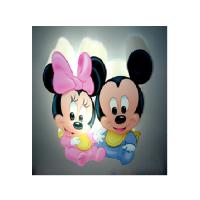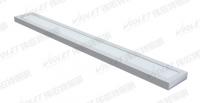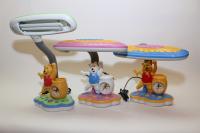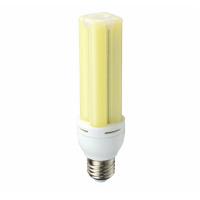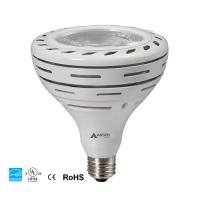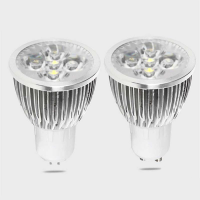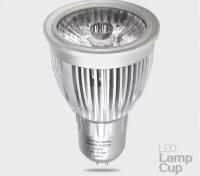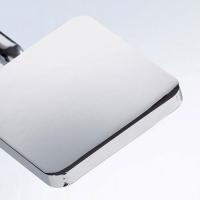產品規格
| New | |
| YES | |
| LED |
Product Descriptions
A significant difference from other light sources is that the light is more directional, i.e., emitted as a narrower beam. LED lamps are used for both general and special-purpose lighting. Where colored light is needed, LEDs that inherently emit light of a single color require no energy-absorbing filters.BAPS Shri Swaminarayan Mandir Atlanta Illumination with color mixing LED fixturesComputer-led LED lighting allows enhancement of unique qualities of paintings in the National Museum in Warsaw[29]White-light LED lamps have longer life expectancy and higher efficiency (more light for the same electricity) than most other lighting when used at the proper temperature. LED sources are compact, which gives flexibility in designing lighting fixtures and good control over the distribution of light with small reflectors or lenses. Because of the small size of LEDs, control of the spatial distribution of illumination is extremely flexible,[30] and the light output and spatial distribution of an LED array can be controlled with no efficiency loss.LEDs using the color-mixing principle can emit a wide range of colors by changing the proportions of light generated in each primary color. This allows full color mixing in lamps with LEDs of different colors.[31] Unlike other lighting technologies, LED emission tends to be directional (or at least lambertian), which can be either advantageous or disadvantageous, depending on requirements. For applications where non-directional light is required, either a diffuser is used, or multiple individual LED emitters are used to emit in different directions.



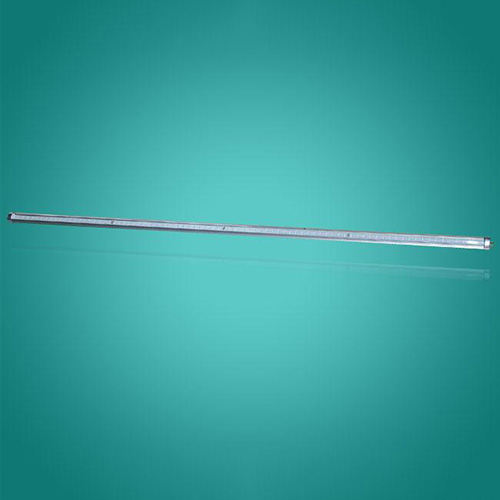
 使用 Abraa 安全交易系统进行安全可靠的支付
使用 Abraa 安全交易系统进行安全可靠的支付  \
\
